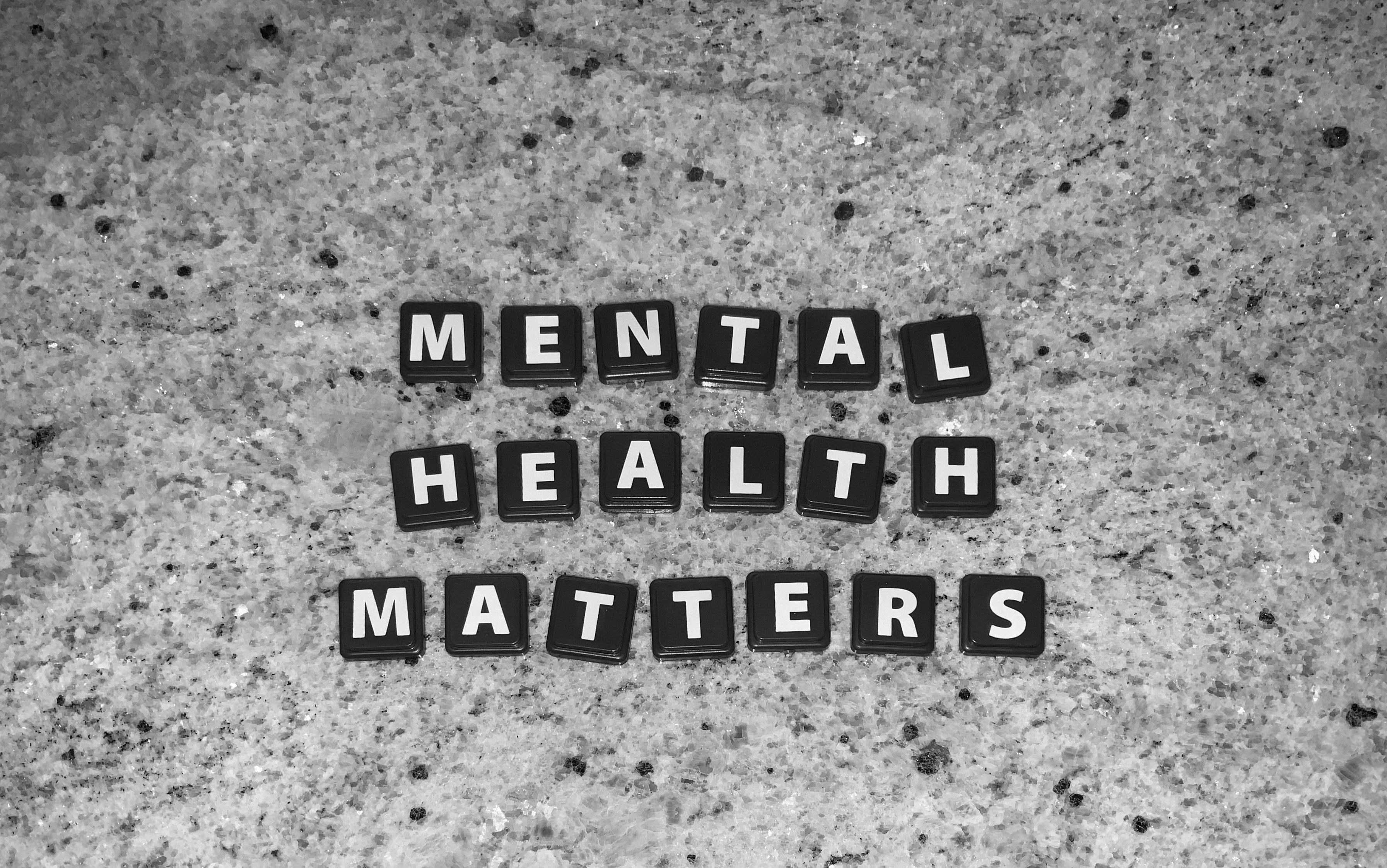Breaking the Chains: Anxiety in the Modern World
Anxiety, a persistent and often debilitating mental health condition, has become increasingly prevalent in our fast-paced, interconnected society. This invisible adversary affects millions of people worldwide, manifesting in various forms and intensities. From generalized anxiety disorder to specific phobias, the spectrum of anxiety-related conditions is vast and complex. As our understanding of mental health evolves, so too does our approach to addressing anxiety. This article delves into the multifaceted nature of anxiety, exploring its roots, impact, and the innovative strategies being developed to combat it. By examining the interplay between biological, psychological, and social factors, we aim to shed light on this pervasive issue and offer hope for those grappling with its effects.

The modern conception of anxiety as a mental health condition began to take shape in the 19th century. Sigmund Freud’s work on neurosis laid the groundwork for understanding anxiety as a psychological phenomenon. As the field of psychology advanced, researchers began to identify distinct types of anxiety disorders, each with its own set of symptoms and triggers.
The Neurobiology of Anxiety: Unraveling the Brain’s Fear Circuit
Recent advances in neuroscience have provided unprecedented insights into the biological underpinnings of anxiety. Neuroimaging studies have revealed that individuals with anxiety disorders often exhibit hyperactivity in the amygdala, a region of the brain associated with processing emotions, particularly fear. This overactivity can lead to an exaggerated response to potential threats, even in safe situations.
Furthermore, researchers have identified alterations in neurotransmitter systems, particularly those involving serotonin, norepinephrine, and gamma-aminobutyric acid (GABA). These chemical messengers play crucial roles in regulating mood and anxiety levels. Understanding these neurobiological mechanisms has paved the way for targeted pharmacological interventions, such as selective serotonin reuptake inhibitors (SSRIs), which have become a cornerstone in the treatment of anxiety disorders.
The Digital Age Dilemma: Technology’s Role in Anxiety
As our lives become increasingly intertwined with technology, a new dimension of anxiety has emerged. Social media platforms, while offering unprecedented connectivity, have also given rise to phenomena such as FOMO (fear of missing out) and cyberbullying. The constant stream of information and the pressure to maintain a curated online presence can contribute to heightened anxiety levels, particularly among younger generations.
Moreover, the COVID-19 pandemic has accelerated our reliance on digital technologies, blurring the lines between work and personal life. This shift has introduced new stressors, such as “Zoom fatigue” and the challenges of remote work. As we navigate this digital landscape, it becomes crucial to develop strategies for maintaining mental well-being in an always-connected world.
Mindfulness and Meditation: Ancient Practices, Modern Applications
In the search for effective anxiety management techniques, many have turned to age-old practices of mindfulness and meditation. These approaches, rooted in Eastern philosophies, have gained significant traction in Western psychology and medicine. Mindfulness-Based Stress Reduction (MBSR), developed by Jon Kabat-Zinn, has shown promising results in reducing anxiety symptoms across various populations.
Neuroscientific research has begun to elucidate the mechanisms by which mindfulness practices can alleviate anxiety. Studies have shown that regular meditation can lead to structural changes in the brain, including increased gray matter density in regions associated with emotional regulation. Additionally, mindfulness practices have been found to reduce activity in the default mode network, a brain circuit linked to mind-wandering and rumination, common features of anxiety disorders.
The Gut-Brain Axis: A New Frontier in Anxiety Research
Emerging research has highlighted the intricate connection between the gut microbiome and mental health, including anxiety. The gut-brain axis, a bidirectional communication system between the gastrointestinal tract and the central nervous system, has become a focal point for anxiety research. Studies have shown that alterations in gut bacteria composition can influence anxiety-like behaviors in animal models.
This growing field of research has led to the development of psychobiotics, probiotics specifically designed to target mental health. While still in its early stages, this approach offers a promising avenue for anxiety treatment that focuses on the body’s ecosystem rather than solely on brain chemistry. As our understanding of the gut-brain axis deepens, it may revolutionize our approach to mental health interventions.
Cognitive Behavioral Therapy: Rewiring Thought Patterns
Cognitive Behavioral Therapy (CBT) has emerged as one of the most effective psychotherapeutic approaches for treating anxiety disorders. This evidence-based treatment focuses on identifying and challenging maladaptive thought patterns and behaviors that contribute to anxiety. By teaching individuals to recognize cognitive distortions and develop more realistic appraisals of situations, CBT helps break the cycle of anxious thoughts and reactions.
Recent innovations in CBT include the integration of virtual reality technology, allowing patients to confront anxiety-provoking situations in a controlled, therapeutic environment. This approach, known as Virtual Reality Exposure Therapy (VRET), has shown particular promise in treating specific phobias and social anxiety disorder.
The Role of Exercise in Anxiety Management
Physical activity has long been recognized for its benefits to mental health, including anxiety reduction. Regular exercise has been shown to increase the production of endorphins, the body’s natural mood elevators, and reduce levels of stress hormones like cortisol. Moreover, engagement in physical activities can provide a sense of accomplishment and improved self-esteem, which can be particularly beneficial for individuals struggling with anxiety.
Recent studies have also explored the potential of high-intensity interval training (HIIT) in anxiety management. This form of exercise, characterized by short bursts of intense activity followed by periods of rest, has been found to have anxiety-reducing effects comparable to traditional aerobic exercise, but with shorter time commitments.
In conclusion, anxiety remains a complex and multifaceted challenge in our modern world. However, the convergence of ancient wisdom, cutting-edge neuroscience, and innovative therapeutic approaches offers new hope for those affected by anxiety disorders. As we continue to unravel the intricacies of the anxious mind, we move closer to more effective, personalized treatments that address the root causes of anxiety and empower individuals to lead fuller, less constrained lives.





